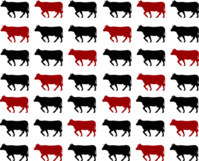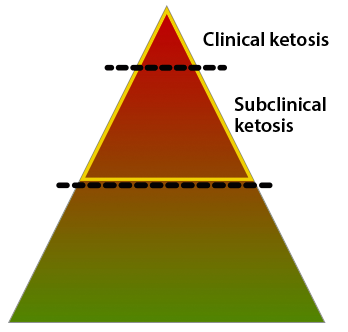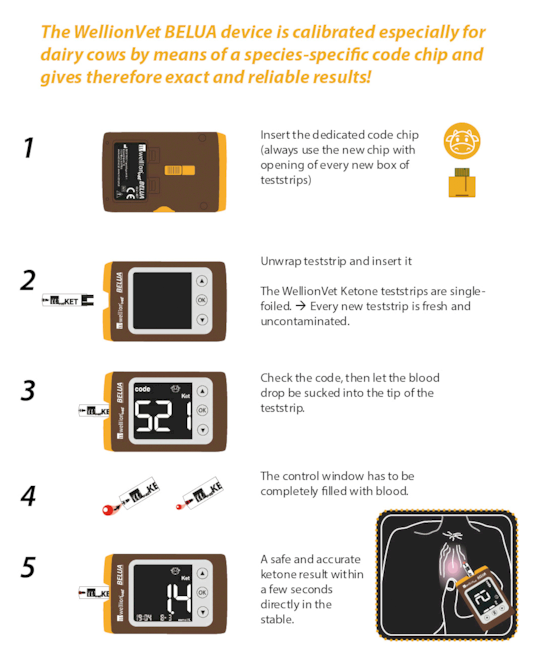Ketosis - a serious metabolic disease of dairy cows
Prevent subclinical and clinical ketosis
Increase herd health and thus minimize economic loss
Ketosis = metabolic state using fatty acids as a source of energy
If the body faces a condition of a lack of energy it will adapt to it by a mobilisation of his lipid reserves as a normal adaptive response. Free fatty acids are used to generate energy. During this process ketone bodies are formed which accumulate in the body and their concentration can be measured in blood. The energy demand of high performance dairy cows increases rapidly after calving at the onset of lactation and cannot be met by food intake.
High performance dairy cows run through a period of negative energy balance during early lactation which leads to an impairment of the immune system.
The transition period – a time of extraordinary importance for the management of dairy cows! The last 3 weeks before calving until 3 weeks after calving is a critical period of time for the health, production and profitability of dairy cows.
Approximately 75% of diseases in dairy cows occur within the first month after calving!1
30-50% of dairy cows come down with a metabolic or infectious disease during the transition period.2
1 LEBLANC et al, 2006
2 LEBLANC, 2010
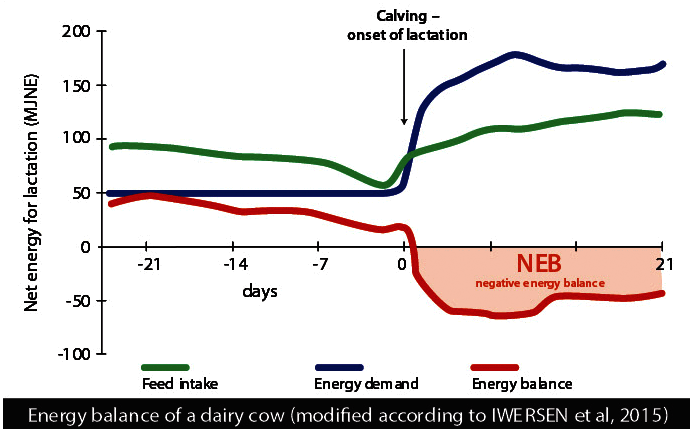
SUBCLINICAL KETOSIS - an invisible economic loss!
The subclinical ketosis is "invisible" and can only be detected by the measurement of the ketone bodies. The characteristics:
- Increased concentration of ketone bodies in blood
- No visible symptoms of a disease
- But already decreased performance, fertility disorders and increased risk for other diseases!
→ The production performance can therefore be decreased without any externally apparent symptoms of the animal!
Every third dairy cow is affected by subclinical ketosis during early lactation! With severe consequences:
- Decreased milk production
- Impaired reproductive performance
- Increased risk of displaced abomasum
- Impairment of the immune system – higher risk of infectious disease
- Increased odds of claw diseases
- Increased risk of early culling – total loss of the animal
- Higher risk of clinical ketosis: considerably higher economic losses!
Subclinical ketosis is more common than clinical ketosis and therefore in total responsible for a much higher loss of earnings! The disease remains undetected if ketones are not measured. Therefore dairy cows should be monitored routinely for subclinical ketosis!
Clinical Ketosis
With progression of the metabolic disorder the ketone bodies will proceed in accumulation in blood and clinical symptoms will arise.
In addition to visible signs of the disease of the animal, also significant higher loss of performance, fertility disorders and subsequent diseases with possible organ damage are accompanied with clinical disease. Especially the liver is exposed to a heavy burden, permanent damage and loss of function can be the consequence.
A clinical ketosis can turn out to be very expensive! Decreased milk and reproductive performance, subsequent diseases and related treatment costs can cause significant financial burden.
Measure Ketones
The WellionVet BELUA device is calibrated especially for dairy cows by means of a species-specific code chip and gives therefore exact and reliable results!
What are the advantages of testing ketones in a blood sample?
The measurement of ß-Hydroxybutyrate (BHB), the predominant ketone body in blood, is the gold standard diagnostic test for detection of subclinical ketosis.
The determination of BHB with a device especially calibrated for cows, allows a diagnosis even prior to the development of clinical ketosis with visible signs of disease. As even animals who suffer from subclinical ketosis show already a decrease in performance and have an increased risk for other diseases due to the impaired immune system, the detection and the treatment of ketosis in the subclinical state is of highest importance!
Disease prevention is much better than treatment of obvious ill cows!
- Easy operation for testing ketones
- Calibrated especially for the blood composition and blood properties of dairy cows
- Minimally invasive blood sampling through collection of capillary blood → the small blood sample of 0,8 μl can be collected very easily by means of Safetylancets for single use.
- Very fast: test result directly in the stable after only 8 seconds
- Objective results: exact value in numbers
The premature detection of elevated ketone concentrations allows an early efficient treatment and will lead therefore to a higher production performance and higher income!
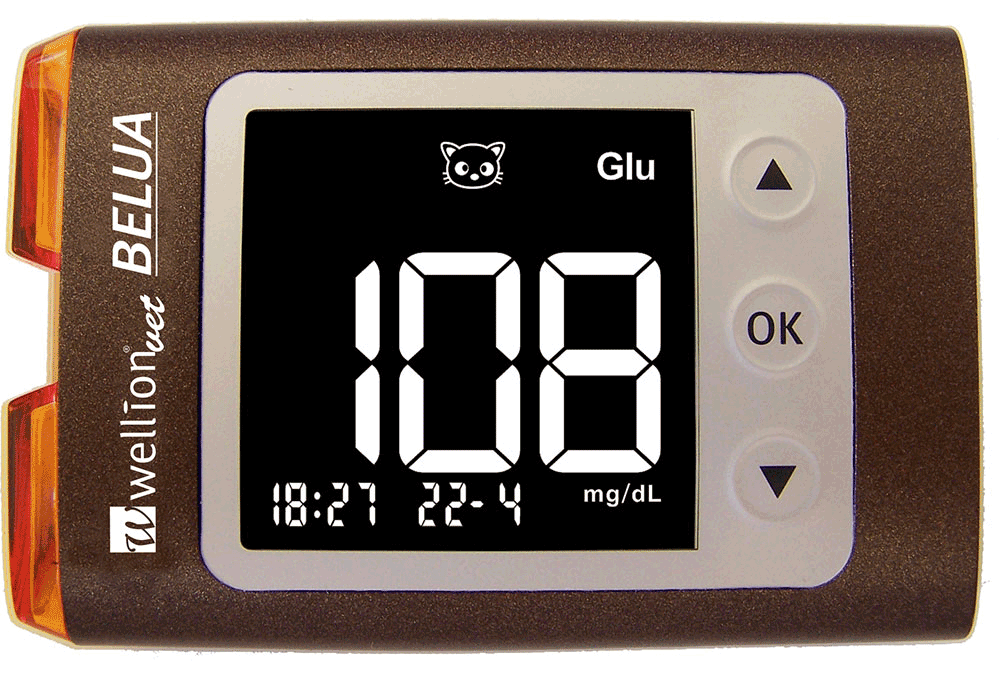
Optimization of the herd management
Regular monitoring of the energy metabolism of dairy cows pays off!
A regular and complete check of all cows after calving is important, to detect subclinical ketosis at an early stage, to take immediate measures and therefore to achieve a higher output. Regular testing of the ketone concentration of all cows after calving is the base of a successful monitoring of the energy metabolism!
Optimized herd monitoring through multiple testing of every cow in the first 3 weeks after calving. Test at least 2 times per week to guarantee the optimal economic success for your herd. Repeated measurements increase the probability to detect subclinical ketotic animals rapidly. A proactive herd monitoring program is an important and valuable tool: routine screening of every cow after calving for premature detection of
- herd problems as well as single animal problems during early lactation
- and taking measures in-time and initiating improvements in herd management!
Improvement of herd health, animal welfare and performance!

